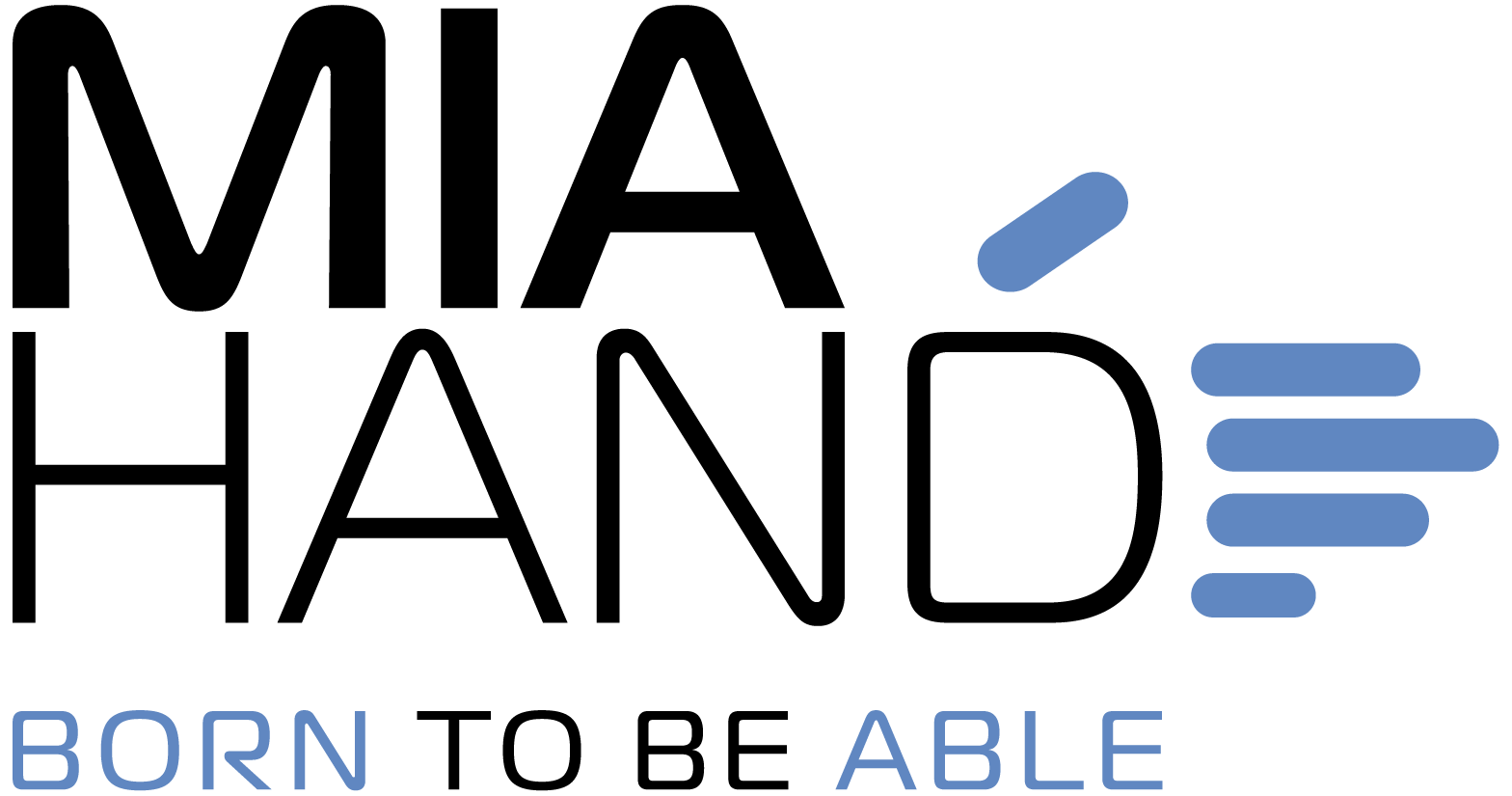Mia Hand: the 5 grips.
When talking about the efficiency of an upper limb prosthesis, the first things that immediately come to mind are the grips and gestures it can perform and the way they are performed. Thanks to its 5 grips, Mia Hand can perform 7 of the 10 main gestures used in 80% of our daily movements.
Embracing functionality means choosing the indispensable while avoiding anything superfluous, it means being able to give each amputee an indispensable tool and a valid ally in their everyday life.
1.
CYLINDRICAL GRIP
The cylindrical grip is one of the most useful grips for everyday life, as it allows you to grasp objects such as bottles, glasses or cups. Combined with the excellent strength of Mia Hand, this grip is also essential for handling or moving objects through spaces.
Strength is an essential element for every Mia Hand grip.
Mia Hand reaches up to 150 N of maximum gripping force in any type of grip.
2.
PRECISION GRIP
The precision grip allows all those gestures in which full control of the action is essential. This grip will let you grab a toothpick, pick up a flower or move a pawn on a chessboard.
Speed is another indispensable function of any grip.
3.
SIDE GRIP.
The side grip is very useful for all those daily actions such as holding a spoon, placing your ATM card on the reader, or maybe giving your business card to a customer.
A grip as simple as it is essential.
4.
POINTING UP.
The pointing up or extended index position allows all the gestures performed with a raised index, for example, to ring a bell or to type keys on the touch screen of your smartphone.
5.
POINTING DOWN.
The pointing down or flexed index position lets you perform actions that require the index to be lowered. In this position, the finger can be used to type keys on a computer keyboard, or simply to press a generic button.

